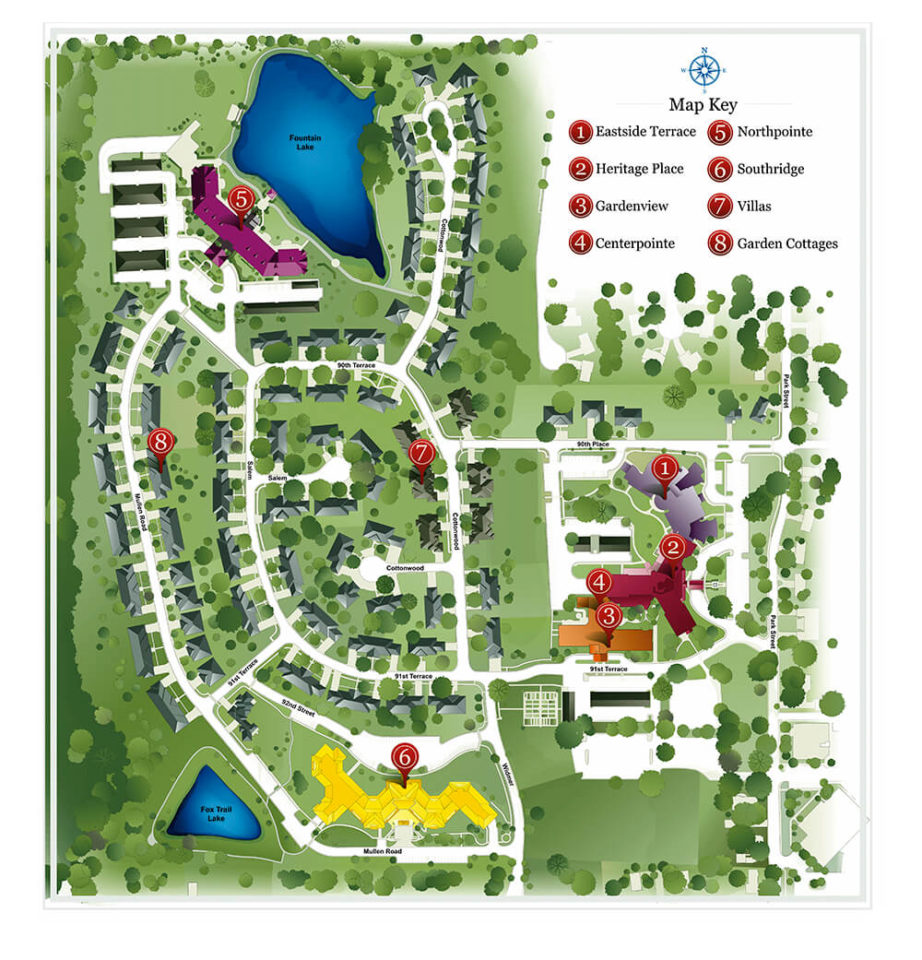No Small Feat—Hummingbird Migration & More
It’s easy to find small things charming. Take baby clothes, tiny boxes, old stamps, miniature figurines or doll furniture as a handful of examples. Many times, retirees with newfound freedom look for opportunities to stop and enjoy the little things (sometimes, quite literally). One such creature that is sure to captivate the heart of any nature-lover is the tiny and fascinating hummingbird.
The most common of the species in our area is the ruby-throated hummingbird. Weighing around three to four grams, a typical bird is lighter than a nickel. There are over 325 unique hummingbird species in the world, but only eight species (the ruby-throated among them) regularly breed in the United States. Many others pass through, or do not migrate to this region, spending most of their time in tropical climates or the southern hemisphere.
Ruby-throated males have bright red feathers on their throat region (though the females are much plainer). The greenish hue of their iridescent feathers glimmer in the sunlight.
A typical end-of-season migration for this variety begins in late August when they start to leave their warmer nesting areas. Most birds will be gone from our area by the end of October. They make a solitary flight south for the winter—up to 3,000 miles from the northern United States all the way down to Costa Rica and other parts of Central America.
Though some birds take the scenic route along the coast, many make the much faster 18-hour non-stop flight across the Gulf of Mexico. Occasionally, birds will find rest on a boat, but many simply put on weight before the big trek. They won’t return to our area again until May, though some hopeful watchers put their feeders up in April for those few brave pioneer birds making the trek extra early. Many birds will return to the same nesting area year after year, so keep an eye out for your favorite feathered friends next spring!
The beautiful Lakeview Village campus makes an ideal habitat for these fascinating little birds (which is perfect for the many bird watching fans who live here.) Hummingbirds will flock to areas where there are lakes, ponds, or water features nearby and plenty of trees and shrubs where they can seek shelter. These fast and fun creatures can be spotted whirring thru the Butterfly Garden, where some of their favorite blooms are strategically planted. The peak of hummingbird season in our area is June and July.
When choosing a spot for your hummingbird feeder, select an area that has an unobstructed view from overhead so birds flying over can see it from at least one angle. Make sure your feeder isn’t more than 15 feet from some larger shrubs or trees, though, because if placed in a wide-open area, the birds might feel too vulnerable.
Making your own sugar-water at home is easy. Simply dissolve granulated sugar into water (four parts water to one part sugar). The secret to success is to change the nectar in your feeder more regularly than you might imagine. Experts suggest changing the sugar-water in your feeder about every two days, especially when your feeder is absorbing a lot of summer sunshine. A common mistake is waiting for the feeder to be empty. If the nectar sits too long, it may begin to mold or ferment. Keep fresh nectar in your feeder and remember to wash or rinse out your feeder regularly.
If you’re interested in your own migration to a top-rated senior living community, call (913) 744-2449 to learn more about pricing and availability at Lakeview Village!
Sources/Learn More:
https://www.thespruce.com/fun-facts-about-hummingbirds-387106
https://nationalzoo.si.edu/migratory-birds/hummingbirds
https://www.birdsandblooms.com/birding/attracting-hummingbirds/where-do-hummingbirds-migrate/
https://www.perkypet.com/articles/place-hummingbird-feeder
https://journeynorth.org/hummingbirds/resources/article/facts-hummingbird-life-cycle
https://www.birds.cornell.edu/home/




